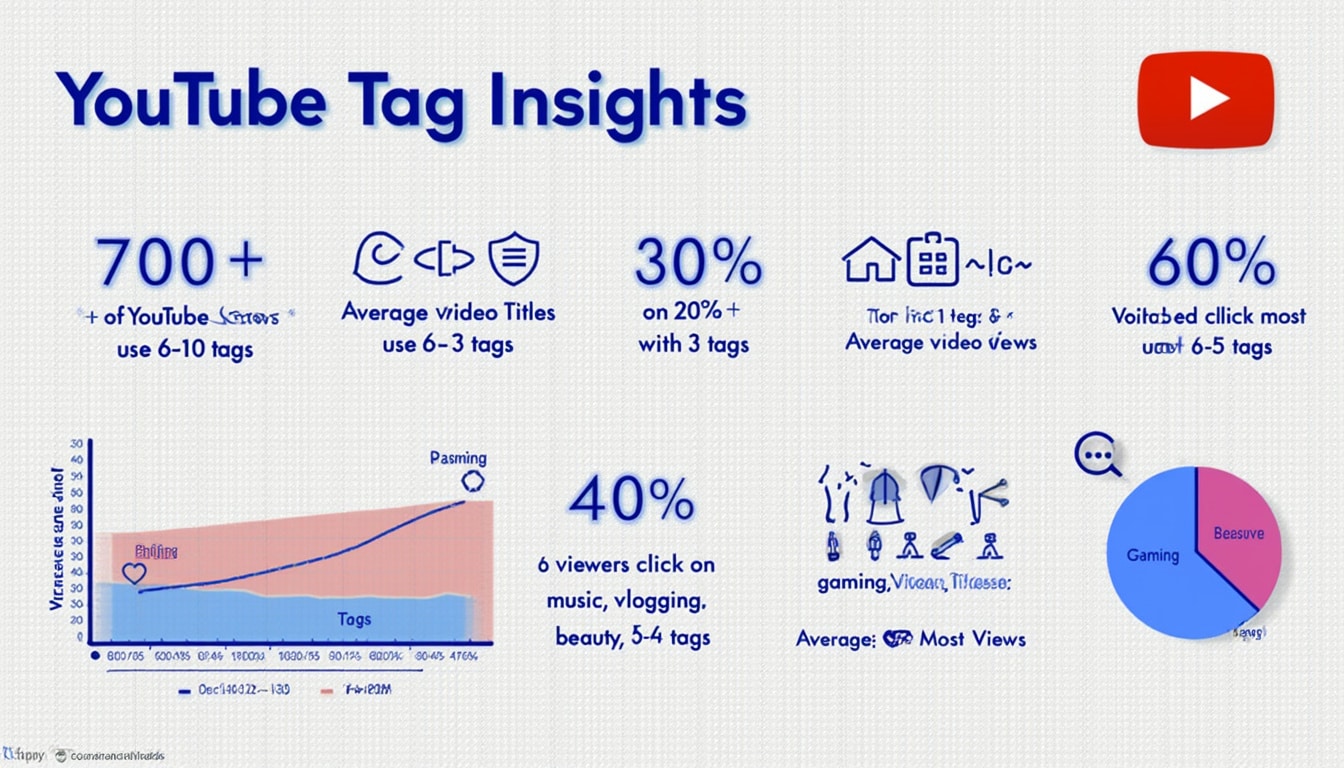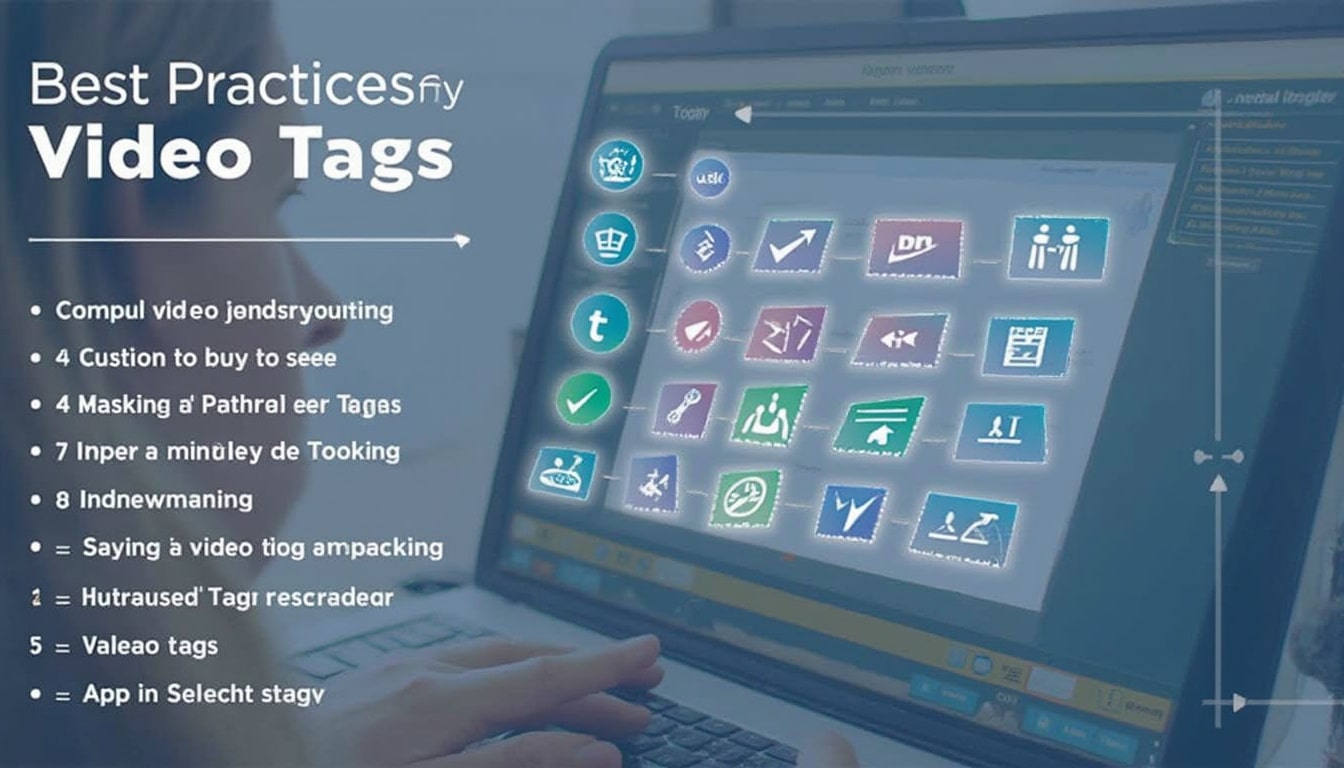Understanding the way tags function on platforms like YouTube or TikTok can drastically change the landscape of a video creator’s career. Tags are essential in helping audiences discover your content, improving searchability, and ultimately enhancing video performance. They can serve as the backbone of your video strategy, influencing how viewers find and engage with your work.
In this exploration, we will delve into the relationship between popular tags and their effectiveness in boosting video performance. We will also look into practical strategies for selecting the right tags, the analytics behind tag effectiveness, and how to stay ahead of trends in your niche. Prepare to unlock the potential of tags as you enhance your video content.
Understanding YouTube Tags
YouTube tags are descriptive keywords that help YouTube understand the content of your video. By providing context through these tags, you enable YouTube’s algorithm to suggest your content correctly. The video performance heavily relies on using relevant and popular tags—ones that are searched frequently by users.
Research shows that tagging your videos with trending keywords can increase your content’s visibility significantly. Visit this page to learn more about effective tag strategies.

How Tags Affect Video Rankings
Tags play a crucial role in influencing your video’s ranking on YouTube. They not only help categorize your content but also assist in suggesting videos to viewers based on their searches. For instance, if a user searches for ‘best cooking recipes,’ videos tagged with related phrases will likely appear in the results. This segmentation increases the chances of your video being discovered.
Engaging content is essential, but with the right tokens in place, your video could reach a wider audience. It’s advisable to explore tools like Ditto Dub for insights on how to utilize tags effectively.
Optimizing Tags for Greater Visibility
To maximize the impact of your tags, start with a mix of broad and specific tags. For example, instead of just ‘cooking,’ you could combine it with ‘quick vegetarian recipes’ to draw in targeted traffic. Regular updates based on performance metrics shown in YouTube Analytics make this process more effective—monitor which tags drive the most views and engagement.
Additionally, tools are available for extracting tags from competitive videos. This can give you insights into what is working for others in your niche. A good resource for this is TunePocket.
The Importance of Tuning Hashtags on Other Platforms
While much focus is put on YouTube, platforms such as TikTok and Instagram also rely heavily on the use of hashtags. On TikTok, for instance, the algorithms track hashtag effectiveness to determine how widely your video is distributed. Using popular hashtags relevant to your content can lead to a significant increase in views.
Not to forget, hashtags also create communities within social media platforms, allowing creators to engage with specific audiences. Resources such as Sprout Social can help you find trending hashtags for TikTok, boosting your exposure.

Adapting to Platform-Specific Trends
Different platforms have varying best practices for tags and hashtags. For example, TikTok often favors short and punchy hashtags, whereas Instagram might prioritize emotional or niche-driven hashtags. Being attentive to these differences can help in crafting a tailored approach for each platform.
Monitor your analytics to adapt to changes in trends. Staying ahead of what’s trending in your sector can yield greater results. Knowledge of tools like Hootsuite will help you capitalize on emerging trends.
Creating Engaging Content to Leverage Tags
Using tags is only beneficial if the underlying content is engaging. While tags can enhance visibility, the quality of the content will determine retention and interaction. Aim to create high-quality videos that keep the audience coming back for more.
Engagement often leads to more shares, likes, and comments, all of which can push your video further into algorithm-driven recommendations. Explore this article for insights on creating shareable content.

Tracking Performance Analytics
To truly understand the impact of tags, utilize YouTube’s analytics tools. They provide insights into how different tags perform and can identify which tags are attracting viewers to your content. By analyzing these insights, you can adjust your strategies accordingly.
Review the metrics related to view counts, audience retention rates, and traffic sources to gauge the effectiveness of your tagging strategy. Adapt your techniques based on what the data reveals. Consider visiting Hootsuite’s guide for more on YouTube analytics.
Experimenting with Tags
Experimentation is crucial when it comes to using tags. This applies to the frequency, placement, and types of tags used. Trying out different combinations can offer insights into what works best for your content.
Regularly tweak your tags and measure the results. Success on platforms like YouTube often requires a bit of trial and error. Keep an eye on trending tags to experiment with seasonal preferences too.
Understanding Tag Limitations
Be cautious as certain platforms have limitations regarding the number of tags you can use. While it’s important to use popular tags, avoid overwhelming your audience with too many options. It’s better to focus on quality over quantity—choosing a few highly effective tags yields better results.
Balancing between trending tags and niche tags can be the key. You’ll want to jump on popular trends while also encapsulating the unique elements of your content. For further guidance on tag limits, Backstage offers a useful breakdown.

